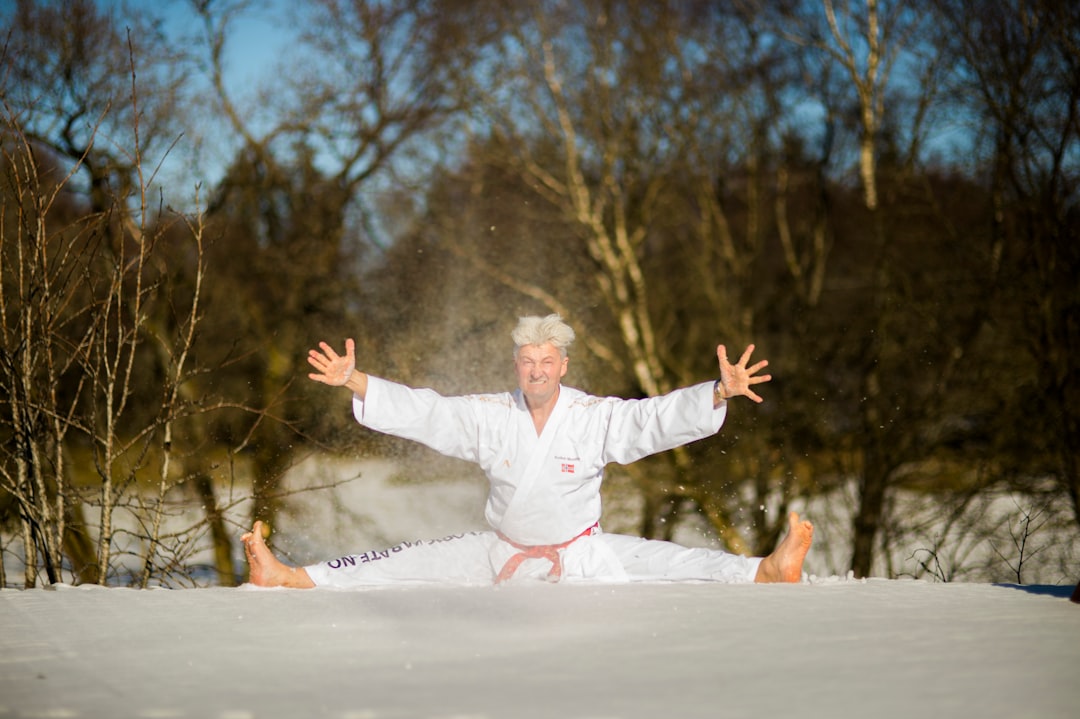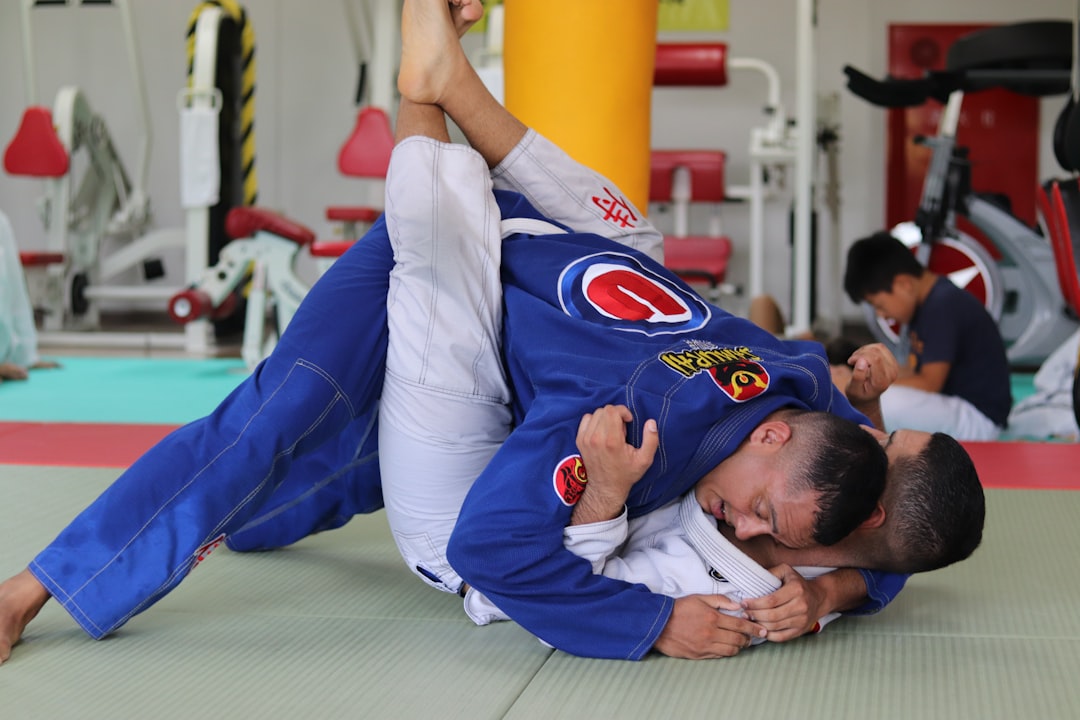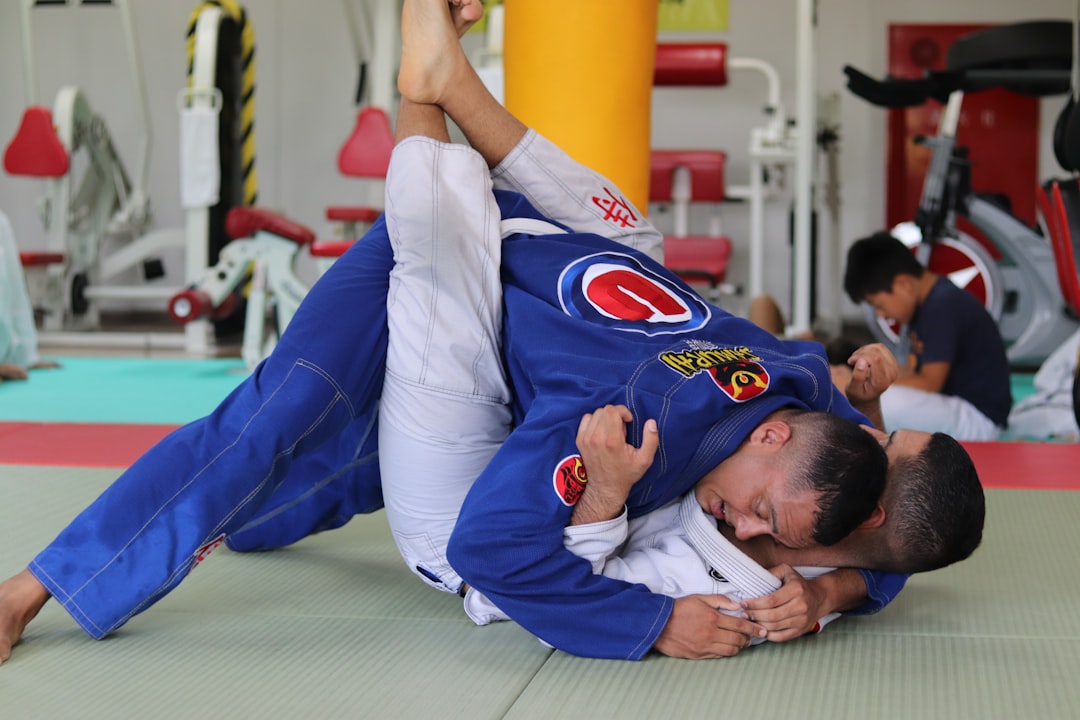The karate outfit, or gi, is a symbol of discipline, respect, and commitment for martial artists, encompassing more than just clothing. This article explores its cultural significance, design elements, and materials, guiding readers through the essential components of a traditional karate outfit. From unique styles to performance-enhancing fabrics, understanding the right karate outfit name and its features promises to enhance both beginners' and seasoned karateka's training experience.
Karate Outfit Name: Uncovering the Traditional Garments of Martial Arts
Martial arts uniforms, or karate outfits, as they are often called, are more than just clothing; they represent centuries of history, cultural significance, and technical evolution. This article delves into the rich heritage behind these traditional garments, exploring their historical roots, cultural influences, and symbolic meanings. We will guide you through the key components of a karate uniform, shedding light on why each element is essential and how it contributes to the overall practice and culture of martial arts, with a specific focus on the term ‘karate outfit name’.
- # Karate Outfit Name: Uncovering the Traditional Garments of Martial Arts
- 1. The Historical Significance of Martial Arts Uniforms
# Karate Outfit Name: Uncovering the Traditional Garments of Martial Arts

In the world of martial arts, the attire worn by practitioners is more than just a fashion statement; it holds deep cultural and symbolic significance. The karate outfit name, or “gi” as it is commonly known in many disciplines, is a central component of training and competition for karateka (karate practitioners). This traditional garment has evolved over centuries, adapting to different martial arts styles and their specific needs.
The term “karate outfit name” refers to the colorful and tailored clothing worn by karate students and instructors. Typically, it consists of a loose-fitting jacket, known as the “keikogi,” and matching pants or shorts. The fabric is often lightweight and breathable, allowing for ease of movement during intense training sessions. What’s more, these outfits come in various colors, each signifying different levels of skill and ranking within the martial art? For instance, white typically represents beginners, while darker shades indicate higher rankings and expertise.
1. The Historical Significance of Martial Arts Uniforms

